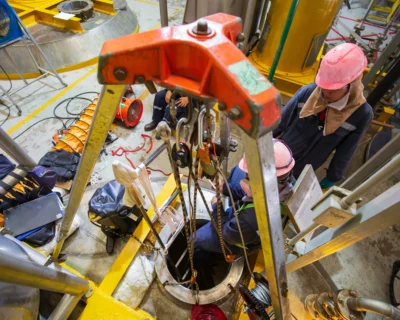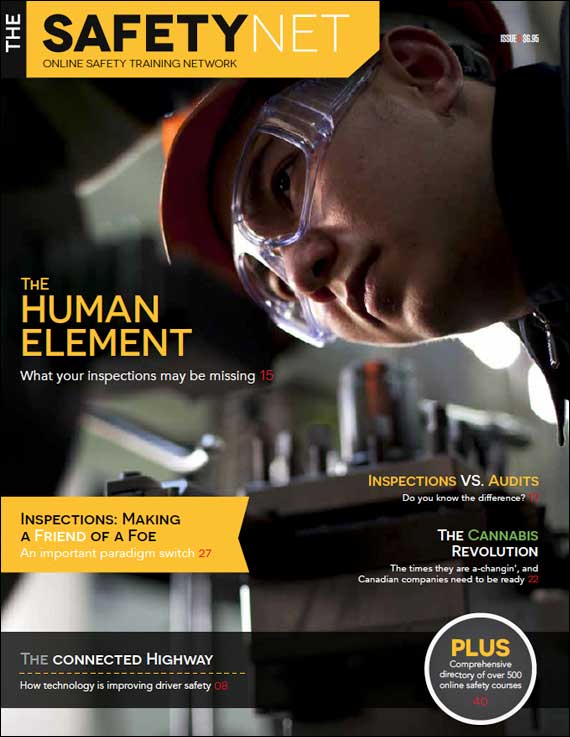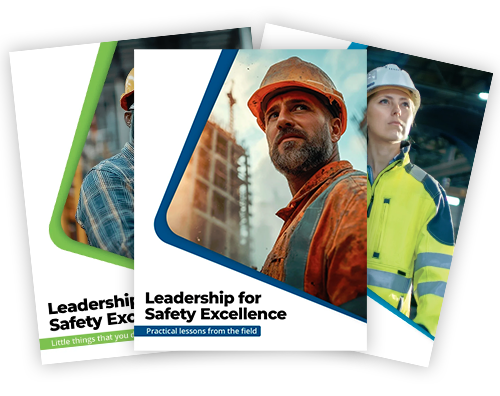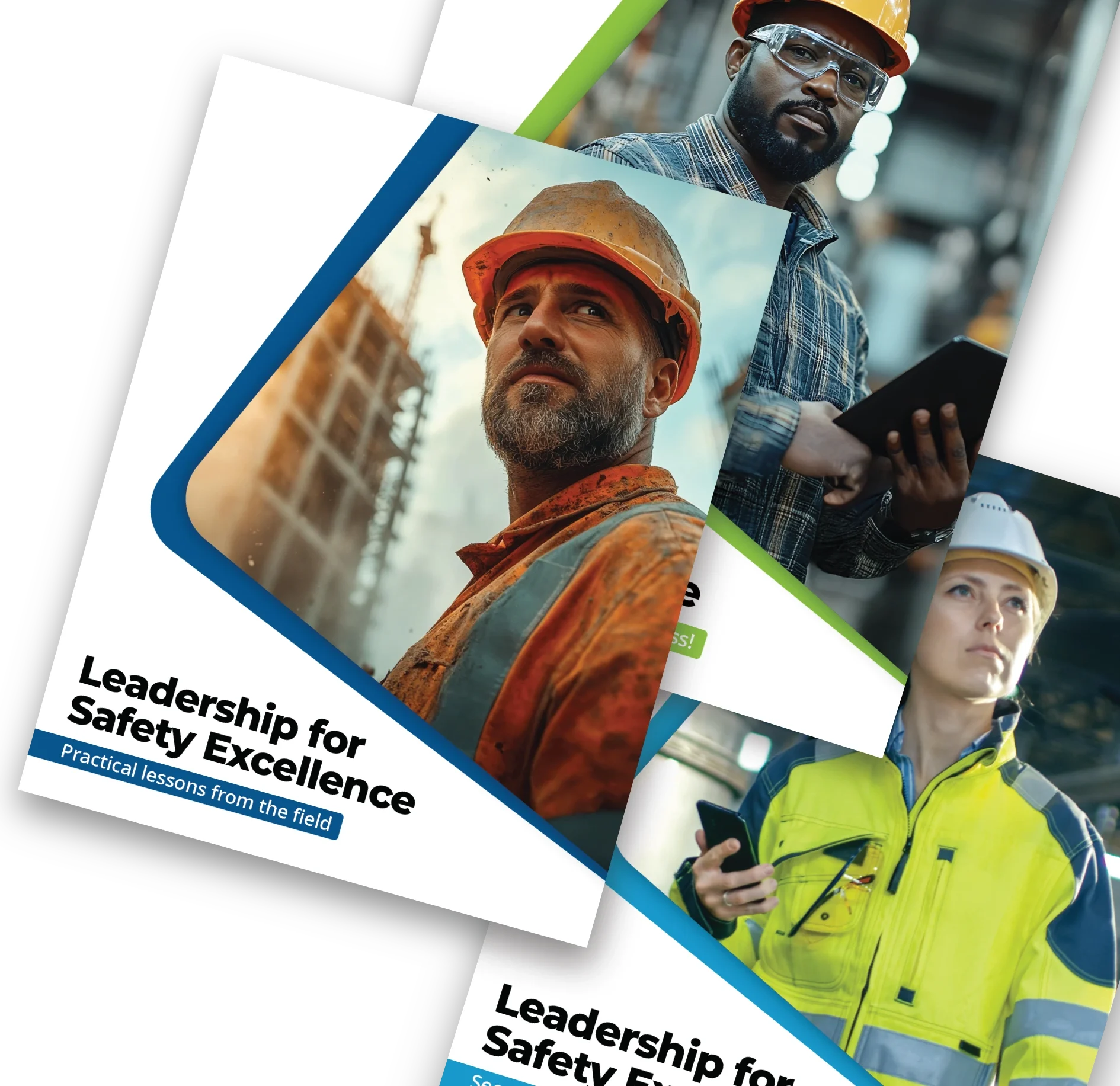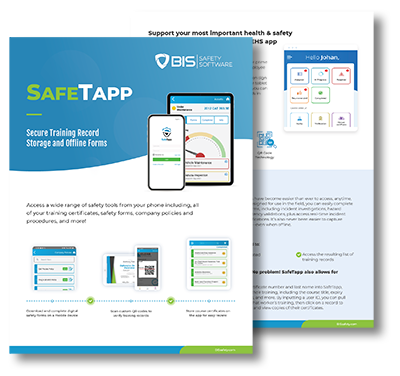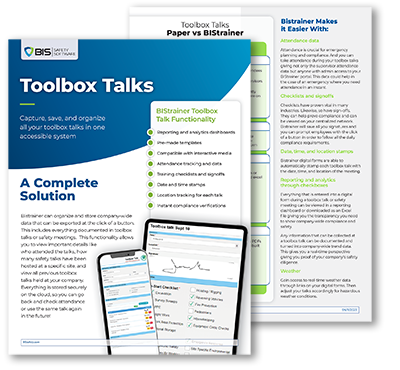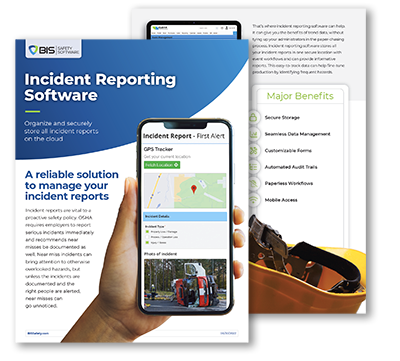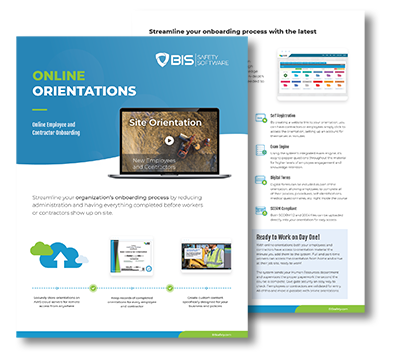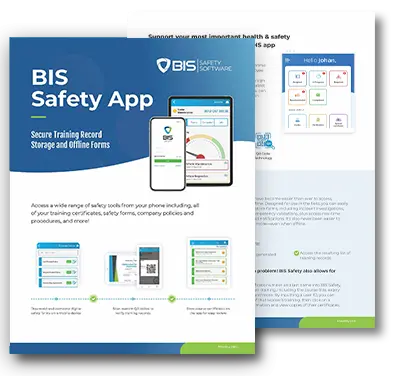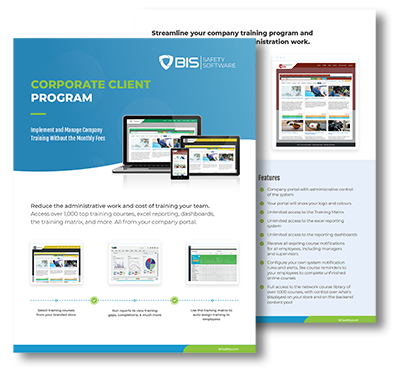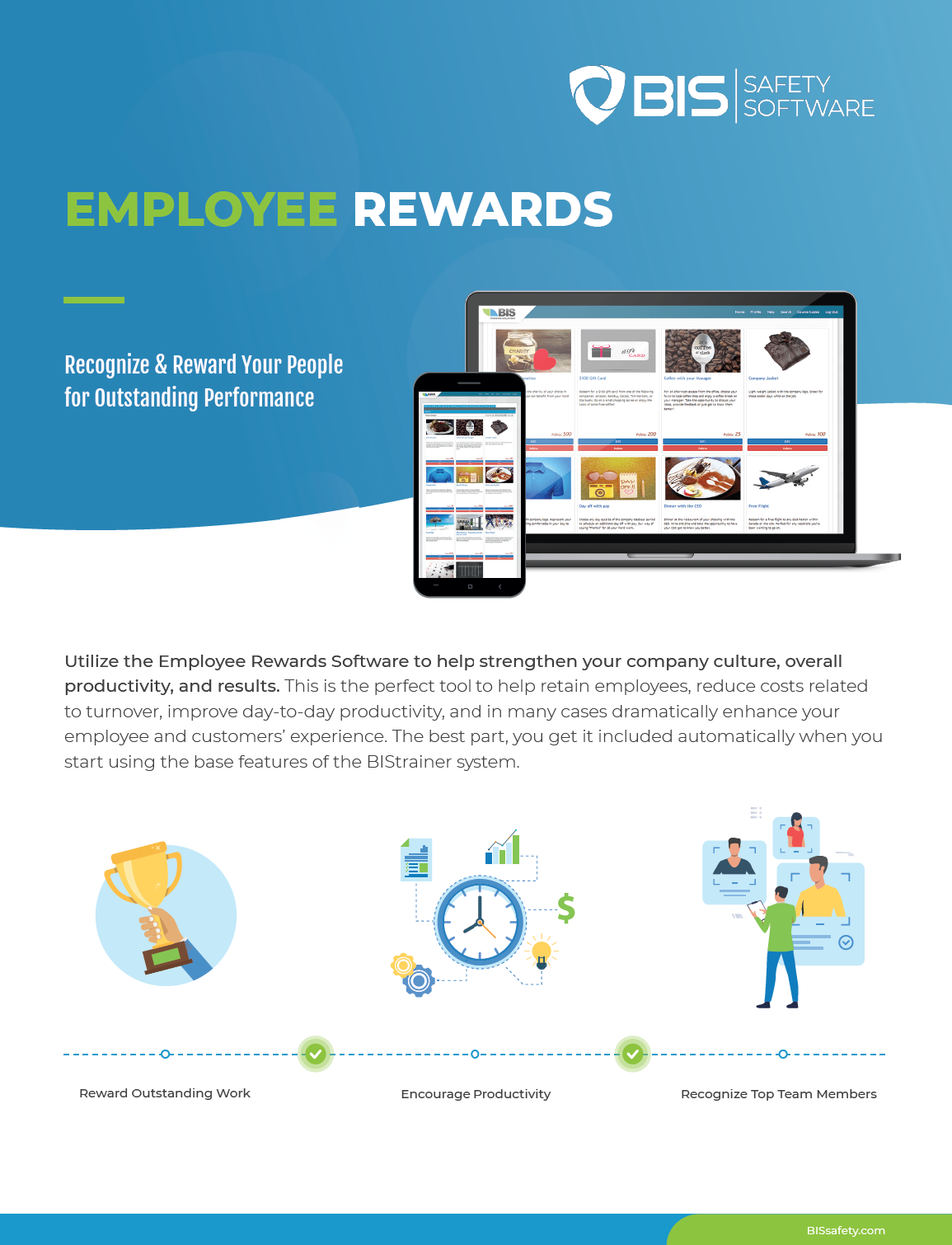
Workplace Safety Culture: The Good, the Bad, and the Dangerously Ugly
Safety culture in the workplace tends to fall into three broad categories: some organizations set the standard for excellence, others operate in compliance-only mode, and a few foster environments where risk is normalized—and ignored. Recognizing where your organization fits in can be the first step toward meaningful change.
1. The Ugly: Where Excuses Replace Accountability
In the most dysfunctional safety cultures, hazard awareness is low, and excuses are the norm. These are the kinds of workplaces where employees shrug off protocols with rationalizations like:
- “I forgot.”
- “It’ll just take a second.”
- “The gear slows me down.”
- “I’ve done this forever—never been hurt.”
- “The risk isn’t worth the hassle.”
Excuses like these aren’t harmless—they’re often fatal. Organizations that permit this mindset see injuries and deaths that could easily have been avoided. Ted Lane, an Occupational Health and Safety Officer who has investigated over 100 workplace fatalities and hundreds more disabling injuries, estimates that four out of five incidents he’s seen were not just preventable—they were easily preventable. The cause? Known hazards that were ignored or dismissed.
2. The Bad: Safety as Red Tape
In some workplaces, safety is taken seriously—but only as a regulatory obligation. These companies enforce policies, but often lack the human element. Workers are hit with rigid procedures, and any pushback is met with a familiar refrain: “Just follow the rules.”
This kind of environment tends to disengage workers. Safety becomes a chore rather than a shared value. As Darryl Chipman, Director at CASCA, points out, “You can see it as soon as you switch to the safety topic. People disengage. They think, ‘Yeah, yeah. We know, we know.’”
In these organizations, safety is framed around minimizing liability, not protecting lives. Employees often see protocols as arbitrary or burdensome, which erodes the purpose behind them and leads to resentment rather than cooperation. The outcome? A lukewarm safety culture that looks good on paper but underdelivers where it counts.
3. The Good: When Safety is Baked Into the Culture
Then there are workplaces where safety isn’t just practiced—it’s lived. In these environments, safety is second nature, embedded in every task, every conversation, every decision.
Take Alcoa Inc., for example. When Paul O’Neill became CEO in 1987, he surprised investors by putting safety at the top of his agenda. At his first shareholder meeting, he didn’t pitch profitability. He talked about injuries.
“I want to talk to you about worker safety,” O’Neill began. “Every year, numerous Alcoa workers are injured so badly that they miss a day of work. Our safety record is better than the general American workforce, but it’s not good enough. I intend to make Alcoa the safest company in America. I intend to go for zero injuries.”
His approach initially baffled investors—some even dumped their shares. But within a year, profits soared. By the time O’Neill retired in 2000, Alcoa’s net income had multiplied five times over, its market value had climbed by $27 billion, and its injury rate had dropped to just 5% of the U.S. average.
The lesson? A culture that prioritizes safety doesn’t just protect workers—it boosts engagement, productivity, and profitability.
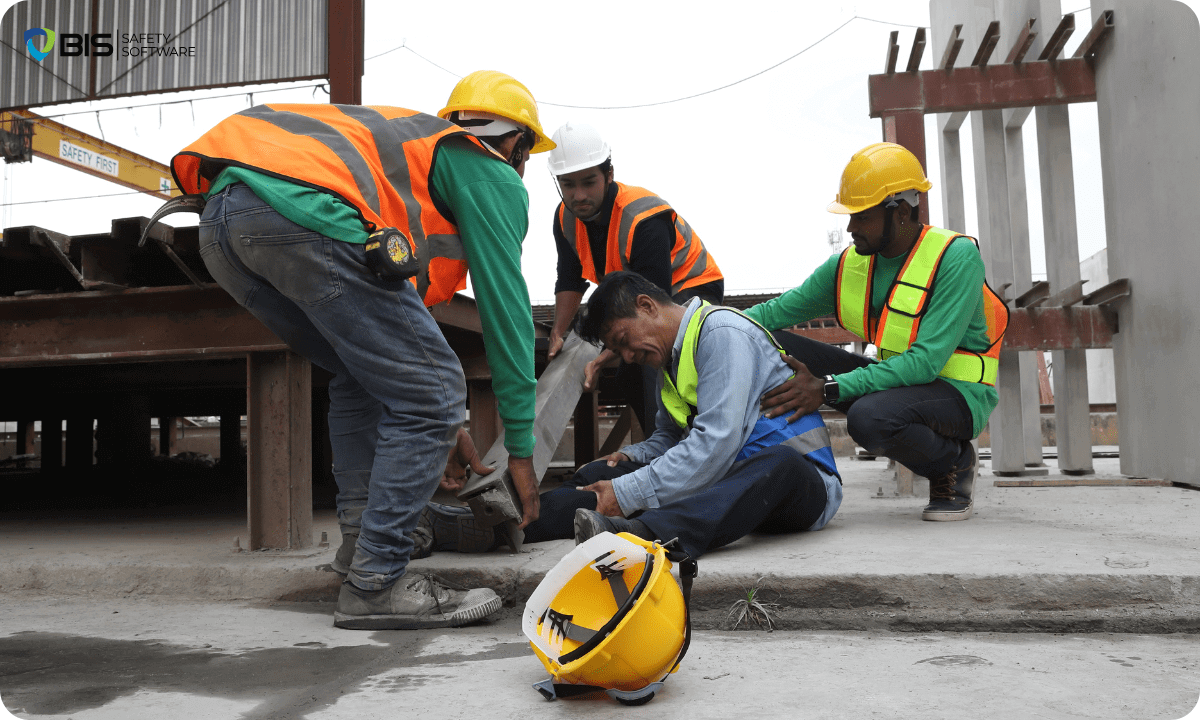
4. So, Where Are You on the Safety Spectrum?
Every organization exists somewhere along the safety culture continuum. If your workplace leans toward the “ugly,” it’s time to confront harmful attitudes and enforce real accountability. If you’re in the “bad,” consider refocusing from policy adherence to personal connection. And if you’re in the “good,” keep investing—safety excellence is a journey, not a destination.
The real takeaway? A true safety culture isn’t built on fear of consequences. It’s built on trust, care, and collective ownership. When employees believe their safety matters—and that they have a voice in shaping it—the entire organization thrives.



